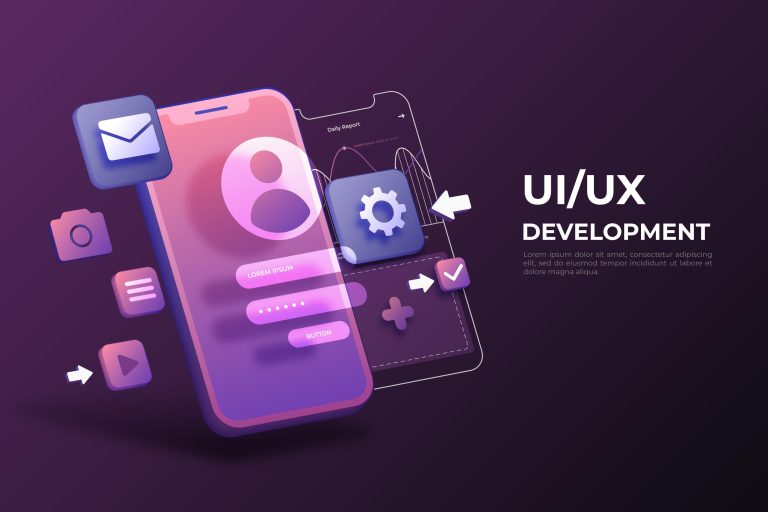Ui/Ux Design Services

UI/UX design services refer to the process of creating digital interfaces that are visually appealing, easy to use, and provide a seamless user experience. UI stands for User Interface, which focuses on the visual elements of a digital product, such as layout, colors, typography, and interactive elements. UX stands for User Experience, which involves designing the overall experience of using a product, including factors like usability, accessibility, and user satisfaction.
UI/UX design services typically include:
- User Research: Understanding the target audience, their needs, preferences, and behavior through various research methods such as surveys, interviews, and user testing.
- Wireframing: Creating low-fidelity wireframes to outline the layout and structure of the interface, focusing on functionality and user flow.
- Prototyping: Developing interactive prototypes to simulate the user experience and gather feedback before the final design is implemented.
- Visual Design: Designing the visual elements of the interface, including colors, typography, icons, and images, to create a visually appealing and cohesive design.
- Usability Testing: Conducting usability tests with real users to identify usability issues and gather feedback for improving the design.
- Interaction Design: Designing interactive elements and animations to enhance the user experience and make the interface more engaging and intuitive.
- Responsive Design: Ensuring that the design is responsive and adapts to different screen sizes and devices for a consistent user experience across platforms.
- Accessibility: Ensuring that the design complies with accessibility standards and is usable by people with disabilities.
- Collaboration: Working closely with developers, product managers, and other stakeholders to ensure that the design meets the project requirements and goals.
- Iterative Design: Following an iterative design process to continuously improve the design based on user feedback and testing results.
© Copyright 2024 by Vgrow Edunet.Pvt.Ltd || Supported by @sen4ngos.org
